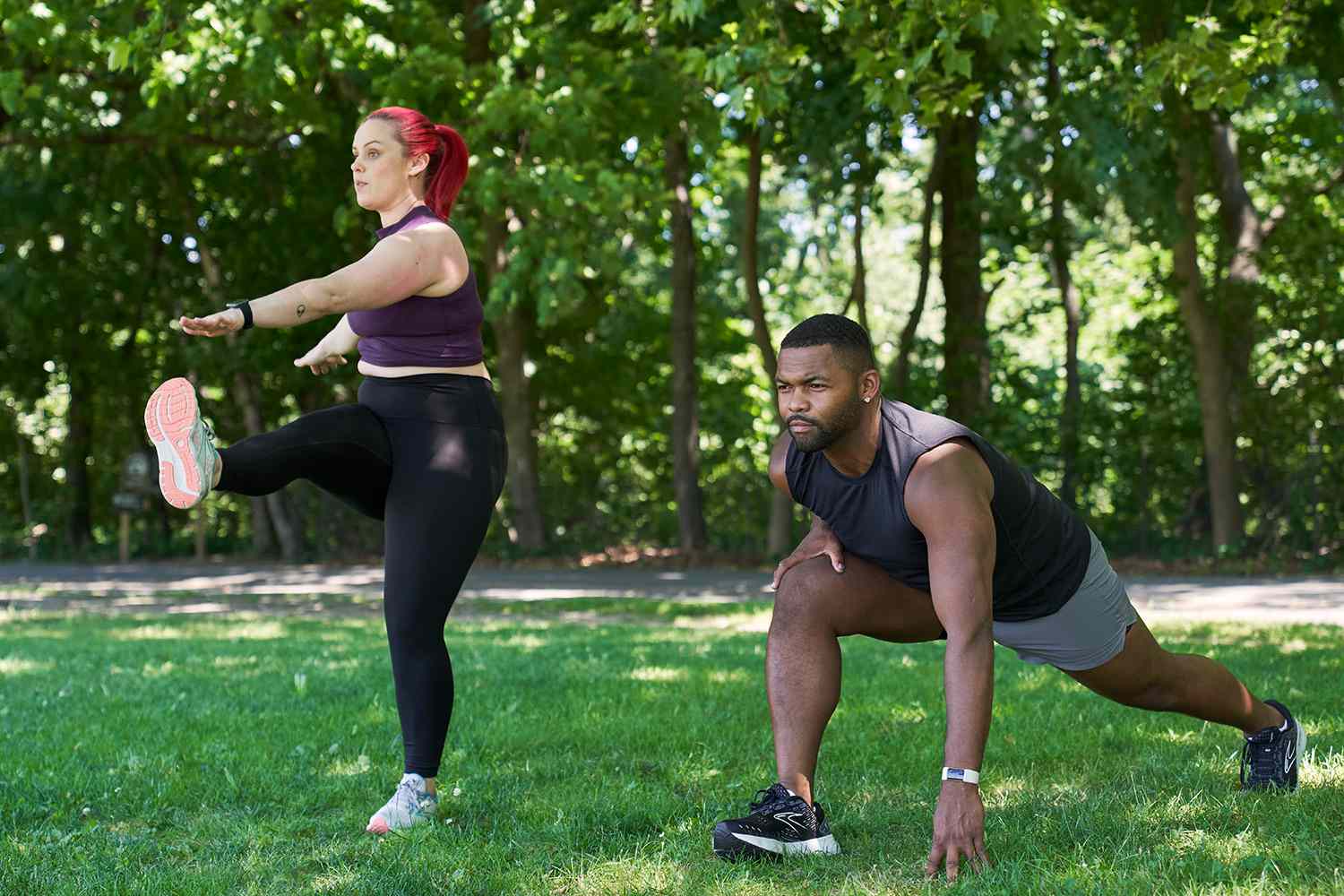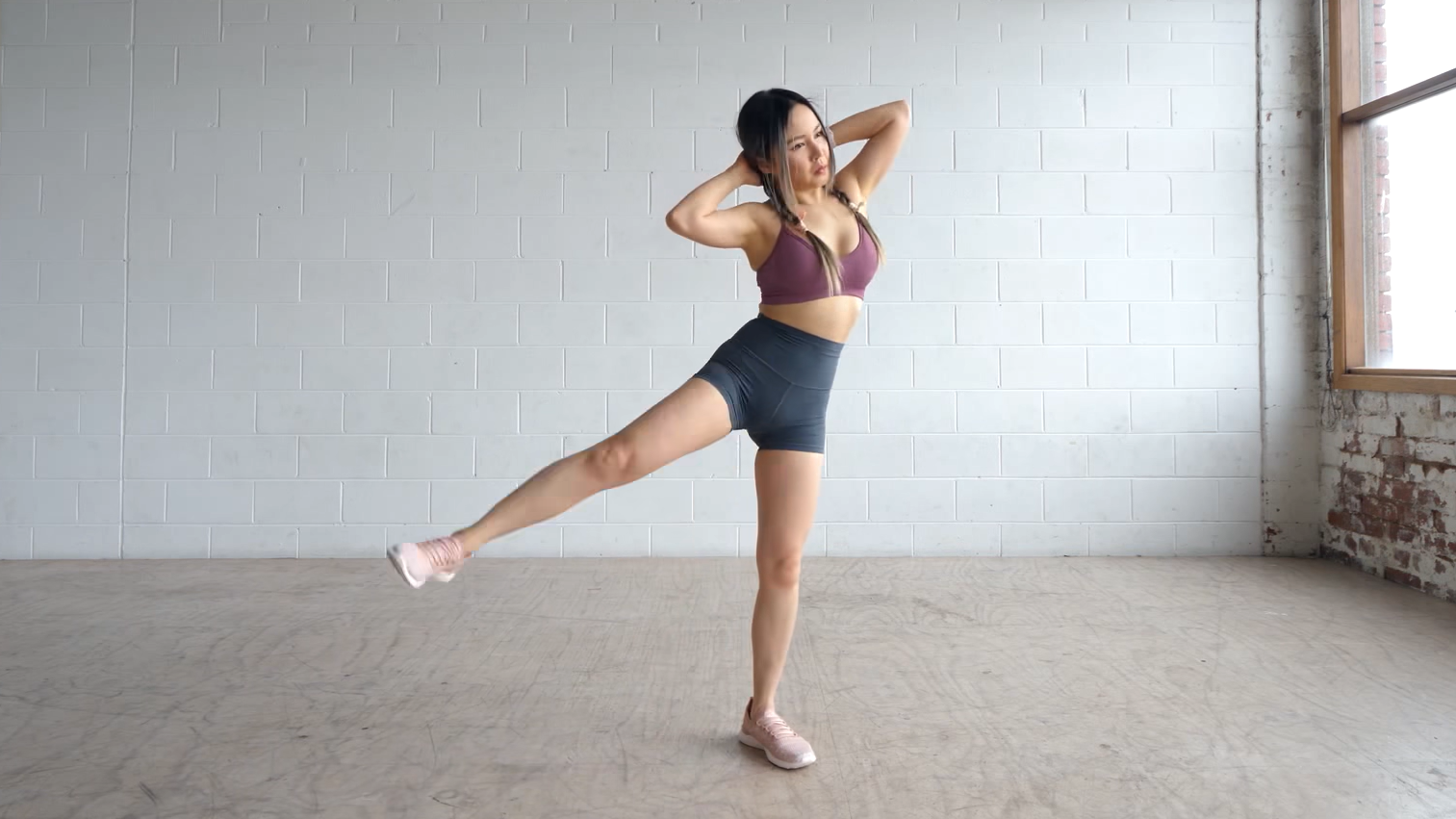Back pain is a common issue that many people face, often affecting daily activities and overall quality of life. Incorporating specific exercises can effectively ease discomfort and improve strength in your back muscles. The right routine not only helps to relieve pain but also plays a crucial role in preventing future injuries.
Whether you’re experiencing occasional aches or persistent discomfort, engaging in targeted exercises can make a significant difference. By understanding the causes of your back pain and implementing gentle movements, you can start on the path to recovery and enhanced well-being.
Getting started doesn’t have to be complicated. Simple stretches and strengthening exercises can be done at home, making it easy to create a consistent routine. With the right guidance, you can take control of your back health and lead a more active life.
Key Takeaways
- Exercises can help relieve and prevent lower back pain.
- Simple routines are effective and can be done at home.
- Understanding your pain is key to finding the right exercises.
Understanding Back Pain
Back pain can disrupt your daily life and affect your overall well-being. Knowing the causes, the role of exercise, and when to seek help can make a difference in managing this condition.
Causes of Back Pain
Back pain can stem from various factors. Some common causes include:
- Muscle Strains and Ligament Sprains: Overexertion or improper lifting can lead to muscle and ligament injuries.
- Herniated Discs: Discs in the lumbar spine can bulge or break, pressing on nerves and causing pain.
- Arthritis: Conditions like osteoarthritis may affect the lower back, leading to discomfort.
- Sciatica: Nerve pain running from your lower back down your leg can occur if a disc compresses a nerve.
- Poor Posture: Sitting or standing incorrectly can strain your back over time.
Understanding these causes helps identify appropriate management strategies.
Role of Exercise in Managing Pain
Exercise is crucial for managing back pain. Regular physical activity strengthens the muscles that support your spine and increases flexibility. Here are some exercises that can help:
- Stretching: Gentle stretches can relieve tension in your back.
- Strengthening: Focus on your abdominal and core muscles to provide better support.
- Low-Impact Aerobics: Activities like walking or swimming keep you active without putting stress on your back.
Starting slowly and gradually increasing intensity is essential. Always listen to your body and avoid exercises that worsen your pain.
When to See a Healthcare Professional
It’s important to consult a healthcare professional if your back pain:
- Persists for more than a few weeks.
- Is severe and doesn’t improve with rest.
- Is accompanied by symptoms like numbness, weakness, or loss of bowel control.
Your provider can assess your situation. They may recommend imaging tests to diagnose the issue properly. Early intervention can prevent chronic back pain and lead to more effective treatments.
Exercises to Improve Back Health
Improving back health involves a mix of strengthening exercises that build core support, flexibility routines to enhance back mobility, and low-impact aerobic movements to maintain overall physical fitness. Here are effective exercises you can incorporate into your routine to support your back.
Strengthening Exercises for Core Support
Building strength in your core is essential for supporting your back. Strong abdominal muscles help stabilize your spine during daily activities.
- Glute Bridge: Lie on your back with your knees bent and feet flat on the floor. Lift your hips off the ground, squeezing your glutes and core. Hold for a few seconds, then lower back down. Aim for 10-15 repetitions.
- Plank: Start in a push-up position, resting on your forearms. Keep your body straight from head to heels. Hold this position for 20-30 seconds. Increase the duration as your strength improves.
- Bird Dog: Begin on your hands and knees. Extend one arm forward while stretching the opposite leg back. Keep your back straight. Hold for a few seconds, then switch sides. Perform 10-12 repetitions on each side.
Flexibility and Stretching Exercises
Increasing flexibility in your back and hamstrings can relieve tension and reduce discomfort. Regular stretching promotes back flexibility and mobility.
- Knees to Chest Stretch: Lie on your back. Pull one knee to your chest, keeping the other foot flat on the floor. Hold for 15-30 seconds and switch legs.
- Cat-Cow Stretch: On your hands and knees, alternate between arching your back (cat) and lowering it (cow). This movement warms up your spine and increases flexibility. Repeat for 10 repetitions.
- Hamstring Stretch: Sit with one leg extended. Reach toward your toes, keeping your back straight. Hold for 15-30 seconds for each leg to loosen the back and legs.
Low-Impact Aerobic Movements
Low-impact aerobic exercises help maintain your overall fitness without straining your back. These activities can improve strength and endurance.
- Walking: A simple yet effective way to stay active. Aim for at least 30 minutes most days. Use proper shoes for comfort.
- Swimming: Great for building strength without impact on your joints. Focus on gentle strokes that engage your back and core.
- Cycling: Stationary or outdoor cycling enhances cardiovascular health while strengthening your legs and core. Maintain an upright posture to protect your back.
Incorporating these exercises into your routine can help you maintain a healthy back and prevent pain.


Specific Exercises for Lower Back Pain
Engaging in targeted exercises can greatly help in relieving lower back pain. The following exercises focus on strengthening the back and improving flexibility.
The Bridge Exercise
The Bridge exercise is great for strengthening your glutes and lower back. To begin, lie on your back with your knees bent and feet flat on the floor, hip-width apart.
- Engage your core and squeeze your glutes.
- Slowly lift your hips towards the ceiling until your body forms a straight line from your shoulders to your knees.
- Hold for 5 seconds, then lower your hips back down.
Repeat this for 10 to 15 repetitions. This exercise helps stabilize the pelvis and relieves tension in the lower back. Always ensure not to arch your back excessively.
Knee to Chest Stretches
The Knee to Chest stretch is a simple and effective way to relieve tension in your lower back. Start by lying on your back with both knees bent.
- Bring one knee toward your chest, holding it with both hands.
- Hold the position for 20 to 30 seconds and feel the gentle stretch in your lower back.
- Release your leg and switch to the other knee.
You can repeat this stretch 2 to 3 times for each leg. This exercise helps alleviate tightness and improves flexibility in the lower back region.
The Bird Dog Sequence
The Bird Dog sequence targets your core muscles and improves balance. To start, get on your hands and knees in a tabletop position.
- Extend your right arm forward and your left leg back, keeping your hips level.
- Hold for a few seconds, then return to starting position.
- Switch to the left arm and right leg.
Perform 10 to 15 repetitions on each side. This exercise enhances stability and strengthens the back, glutes, and core muscles, which can help reduce back pain.
Lower Back Rotational Stretches
Lower Back Rotational stretches can increase spinal mobility and alleviate discomfort. Sit on the floor with your legs extended in front of you.
- Bend one knee and place that foot on the outer side of your opposite thigh.
- Twist your torso towards the bent knee, using your opposite arm to gently pull against your knee.
- Hold this position for 20 to 30 seconds and repeat on the other side.
This exercise promotes flexibility in your lower back and can help relieve tension. Doing this stretch regularly may help you maintain a healthy range of motion.
Tailoring Your Exercise Program
Creating an effective back pain exercise program requires personalization. You should consider your specific needs, health conditions, and daily habits. This way, you can ensure safety and effectiveness.
Consulting with a Physical Therapist
Working with a physical therapist is crucial for developing a safe exercise program. They can evaluate your back pain and identify the root causes, such as poor posture or muscle weakness.
A physical therapist will guide you through exercises tailored to your condition. They can also provide modifications to prevent discomfort.
When you work together, you can establish achievable goals. This might include maintaining a healthy weight, which can relieve pressure on your back. Regular check-ins will ensure you stay on track and adapt as needed.
Incorporating Daily Movement Habits
In addition to structured exercises, consider adding daily movement habits. Simple actions like standing while working or taking frequent breaks to stretch can be beneficial. Aim to integrate these habits into your routine without overwhelming yourself.
You might try to incorporate short walks throughout the day or use stairs instead of elevators. These small changes promote better back support and flexibility.
Make sure to listen to your body. If certain movements cause discomfort, modify them. Keeping a balance between activity and rest is essential for overall progress.
Adjusting for Health Conditions
Different health conditions can affect your exercise program. If you have issues like arthritis or chronic pain, exercises may require further modification.
Communicate any health concerns with your physical therapist. They can suggest low-impact exercises that are gentle on your back while still providing benefits.
Focus on strength and flexibility. Activities like stretching and core strengthening can be very effective. Adjust your goals as needed to align with your condition and progress.
Frequently Asked Questions
This section addresses common questions about exercises that can help relieve lower back pain. Insights include home exercises, effective physiotherapy options, and tips on gym workouts for strengthening your back.
Which exercises can I perform at home to alleviate lower back pain?
You can try leg slides, where you lay on your back and bend your knees. Tightening your belly while lifting your hips is also helpful. These movements can strengthen and stretch your lower back muscles effectively.
What type of physiotherapy exercises are effective for reducing lower back pain?
Physiotherapy exercises such as pelvic tilts and gentle stretches can be beneficial. These exercises aim to improve flexibility and strength in your back. A physical therapist can guide you in performing them safely.
Can you list the single most effective exercise for lower back pain relief?
One effective exercise is the bridge. Laying on your back with your knees bent, slowly lift your hips while tightening your stomach and glute muscles. This helps to strengthen your lower back while providing relief from pain.
Which exercises should be avoided if one is suffering from lower back pain?
Avoid heavy lifting and high-impact activities. Exercises like sit-ups and toe touches may put extra strain on your lower back. Listen to your body and skip any movements that cause pain.
What are the best gym exercises for strengthening the lower back?
At the gym, consider exercises like deadlifts or back extensions. These focus on building core and lower back strength. Always ensure you are using proper form to avoid injury.
How does one relieve a stiff back through exercise?
Gentle stretching can help relieve stiffness in your back. Simple movements like torso twists and side bends can increase flexibility. Aim to do these stretches regularly to maintain a good range of motion.





